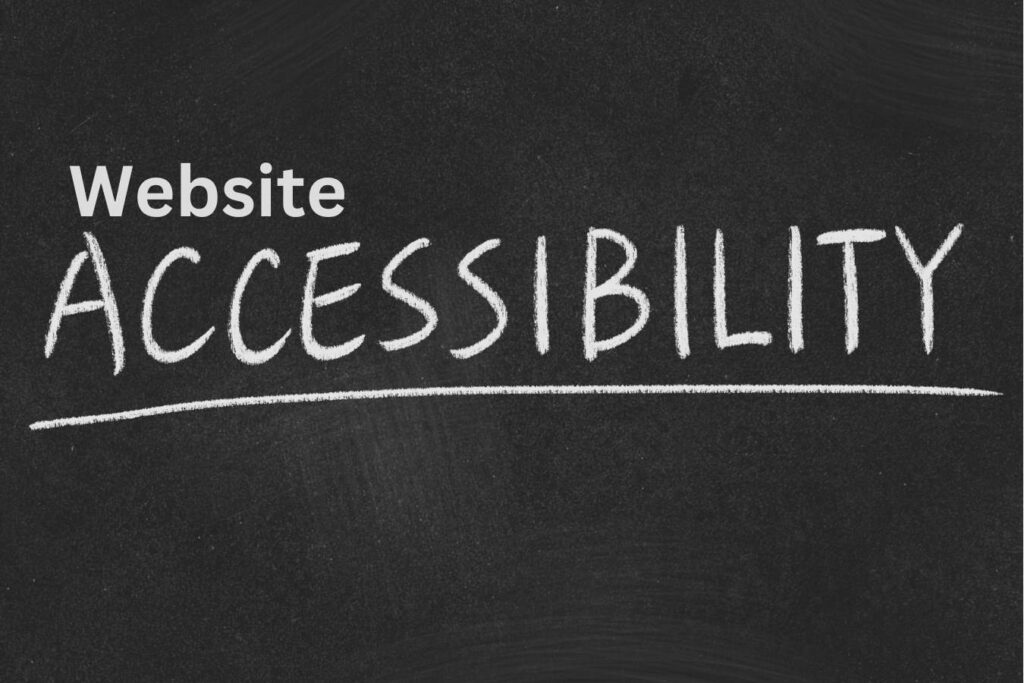
Listen to this Article
In today’s digital age, web accessibility has become a critical aspect of website development and maintenance. Ensuring that all users, regardless of their disabilities, can access and navigate websites is not just a legal obligation but a moral imperative. However, a common misconception persists that making a website accessible is a one-time task completed during the website’s initial launch. This view overlooks the dynamic nature of websites and the continuous effort required to maintain accessibility. This article explores the importance of ongoing accessibility work and provides insights into strategies for ensuring long-term accessibility.
The dynamic nature of websites
Websites are not static entities, and they are constantly evolving. New content is added, old content is updated or removed, advertisements change, and the overall structure can be modified frequently. Each of these changes has the potential to impact the website’s accessibility. For instance, adding new images without appropriate alt text can create barriers for visually impaired users who rely on screen readers. Similarly, changes in navigation or the introduction of new features like pop-ups can disrupt the user experience for individuals with various disabilities.
Common misconceptions about web accessibility
Web accessibility is not a one-time task. Many web agencies and developers focus their accessibility efforts on the initial launch, believing that once a website is accessible, their job is done. However, this approach is fundamentally flawed. The dynamic nature of websites means that new accessibility issues can sometimes arise, necessitating ongoing attention and adaptation.
The focus on launch is understandable, given the pressures to meet deadlines and deliver a functional product. However, this often results in accessibility being treated as a checkbox item rather than an integral part of the web development process. The reality is that accessibility requires continuous effort and vigilance to ensure that new content and features remain accessible to all users.
The importance of ongoing accessibility work
Ensuring long-term accessibility involves regular audits, continuous testing, and updates based on user feedback. Regulatory requirements, such as the Equal Rights for Persons with Disabilities Regulations, mandate ongoing accessibility. Still, beyond legal compliance, there is an ethical responsibility to ensure all users can access digital content and services.
Regular accessibility audits are essential to identify and rectify any issues that may have been introduced since the last check. Automated tools can be invaluable in this process, providing a quick and efficient way to scan for common accessibility issues. However, manual testing is also crucial, as automated tools may only catch some problems, particularly those related to user experience.
Inclusive design practices should be embedded in the development process from the start. This involves considering accessibility at every design and development stage rather than retrofitting accessibility features afterward. By integrating accessibility into the workflow, developers can ensure that new features and updates are accessible by design.
User feedback is another critical component of maintaining accessibility. Engaging with users with disabilities can provide valuable insights into real-world usage and highlight issues that may not have been apparent during testing. Encouraging and acting on feedback demonstrates a commitment to accessibility and helps build a more inclusive digital environment.
Specific disabilities and critical accessibility issues
Different disabilities present unique challenges in terms of web accessibility. For example, individuals who are blind or visually impaired rely on screen readers to navigate websites. Ensuring that all images have descriptive alt text, logical and intuitive navigation, and properly labeled interactive elements is crucial for these users. A single inaccessible element, such as a pop-up without an explanation, can render a website unusable for someone who is blind.
Keyboard accessibility is essential for users with mobility impairments. The website should be operable via keyboard without requiring a mouse. This includes ensuring that form fields, buttons, and other interactive elements are reachable and usable through keyboard navigation.
Cognitive disabilities present another set of challenges. Clear and simple navigation, concise and straightforward content, and consistent layout help users with cognitive impairments understand and interact with the website. Avoiding overly complex language and providing clear instructions and feedback can significantly improve usability for these users.
Legal and ethical implications
Maintaining web accessibility is not just about avoiding legal repercussions. It is also about creating an inclusive digital world where everyone has equal access to information and services. The legal landscape surrounding web accessibility is becoming increasingly stringent, with regulations such as the Americans with Disabilities Act (ADA) and the Web Content Accessibility Guidelines (WCAG) providing a framework for compliance. Failure to adhere to these guidelines can result in legal action, as evidenced by numerous lawsuits against companies with inaccessible websites.
Beyond legal obligations, a robust ethical imperative exists to ensure web accessibility. The Internet is a fundamental part of modern life, providing access to education, employment, social interaction, and essential services. Excluding individuals with disabilities from these opportunities is not only unjust but also counterproductive. An accessible website can reach a broader audience, improve user satisfaction, and enhance the overall user experience.
Website accessibility is an ongoing commitment that extends far beyond the initial launch. The dynamic nature of websites necessitates continuous attention to accessibility, involving regular audits, inclusive design practices, and user feedback. Addressing the unique challenges of different disabilities ensures that all users can access and navigate digital content and services.
By embracing a proactive and ongoing approach to accessibility, we can create a more inclusive digital world where everyone has equal access to the opportunities the internet provides. Web accessibility is a legal obligation and an ethical responsibility. Developers, web agencies, and businesses must recognize that accessibility is not a one-time task but a continuous journey that requires dedication and vigilance.
